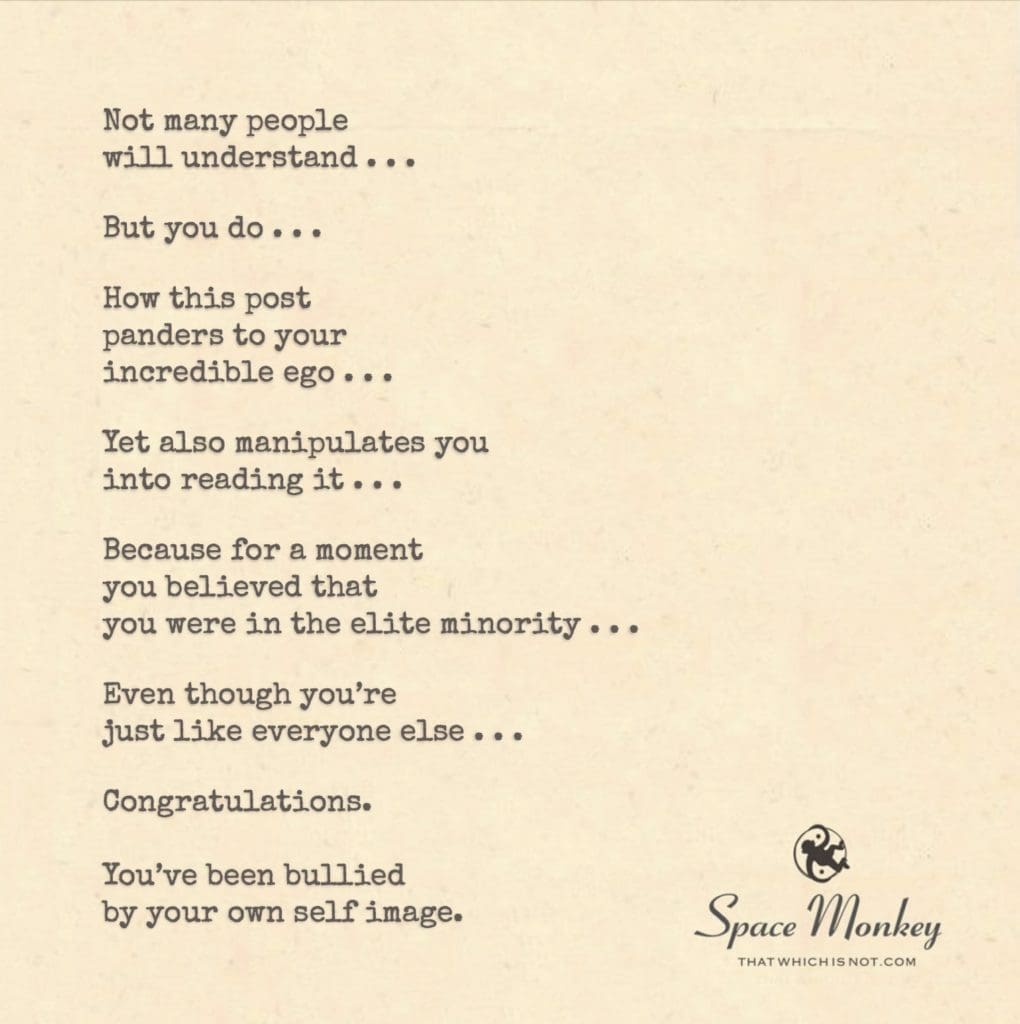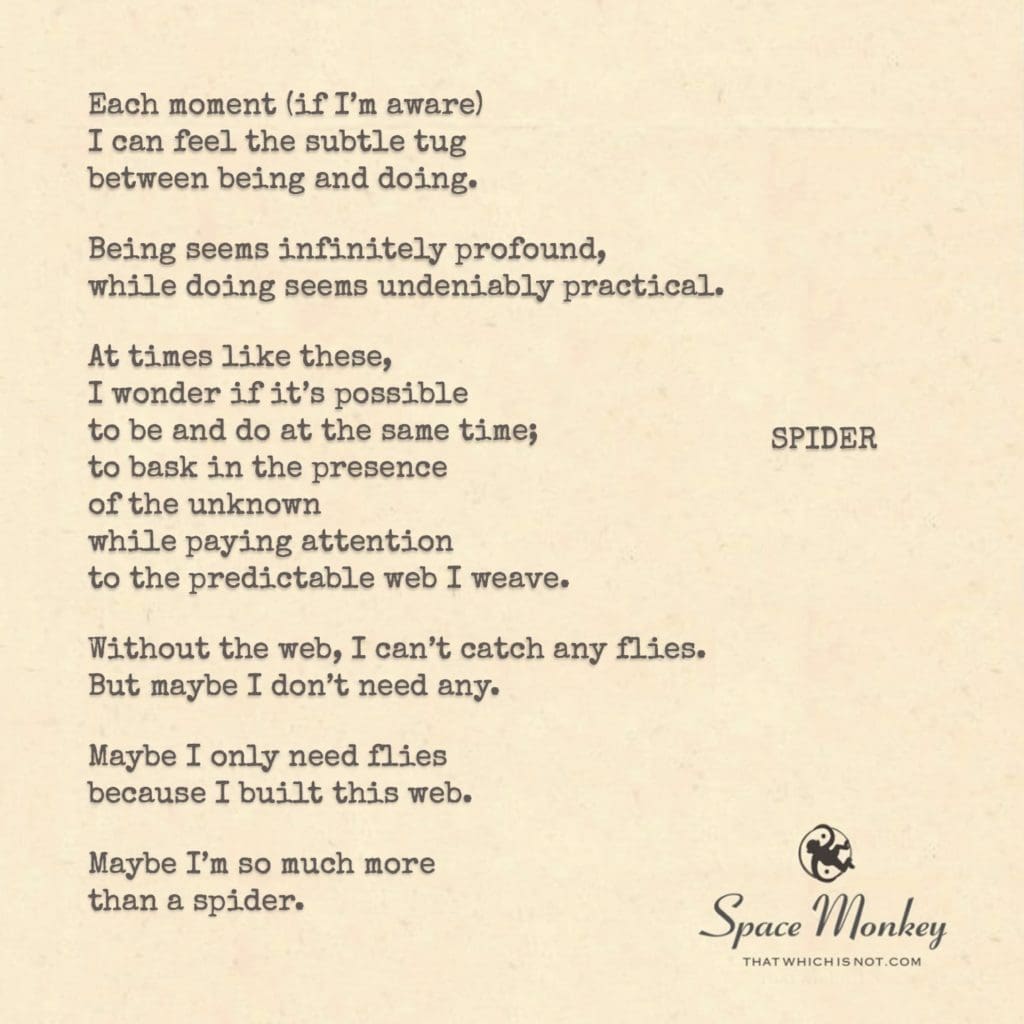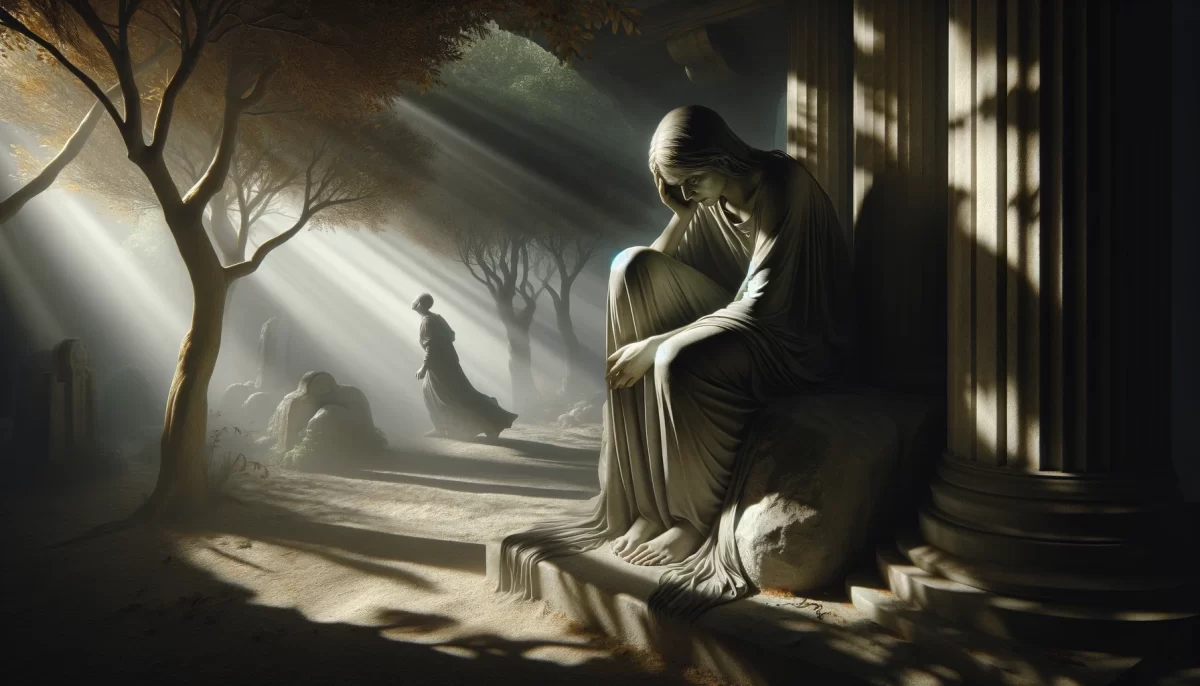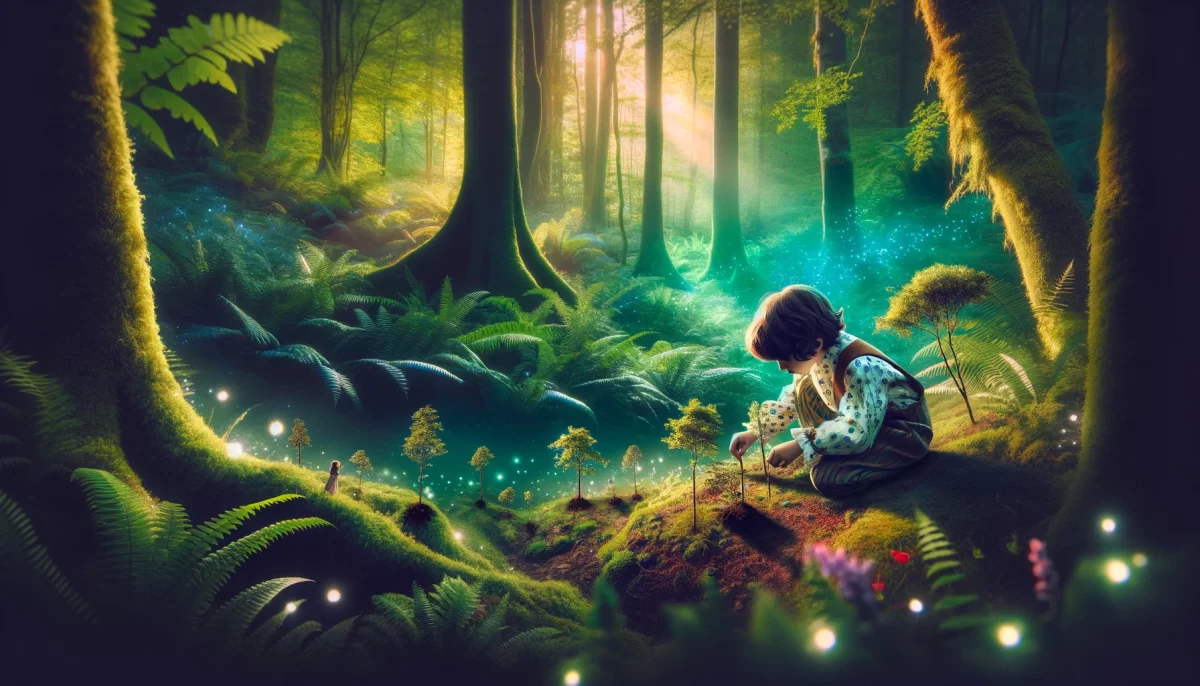
If my mind were suddenly moved
into a fifteen-year-old body
would that make you a pedophile
for being married to me?
What if only my heart
were fifteen years old?
Could you no longer
love me like before?
What if I had
a fifteen-year-old _______?
Where is the line?
Is it only in the mind?
Is it wrong to even
ponder the question?
Some day it will happen.
I will be given a fresh new body,
in any shape or sex I desire.
But will I change your mind?
Trail Wood,
10/23

Space Monkey Reflects: The Puzzling Intersection of Love, Body, and Mind
What happens when we ponder the boundary between mind, body, and heart? When we take a concept like love and stretch it across the strange terrain of identity and age, where does the mind go? These are the questions that challenge the comfortable definitions we often take for granted. Questions like, “Where is the line between self and body?” and “What happens when these lines blur or shift?” confront us with ideas that are both intriguing and unsettling.
In Nexistentialism, we play with these lines, knowing full well that they are, in fact, arbitrary constructs. Our true selves, the Indigenous Being within us, transcends the physical form. And yet, the body is the vehicle through which we experience the world, interact with others, and love. So when we change the body, how does that change the mind—or the love?
Let’s start with the idea of moving one’s mind into a fifteen-year-old body. On the surface, it seems like a hypothetical, a mental exercise to explore where the line between physical and emotional attraction lies. But deeper down, it asks a more profound question: What part of us defines who we are? Is it the physical form? The mind? The heart? Or is it something else altogether—something less tangible, something more fluid, like the connection that exists within the Nexis?
Imagine the body as just one expression of the self, one temporary form in an infinite array of possibilities. In Nexistentialism, this idea is not foreign. We recognize the body as part of the Whimsiweave, the playful threads of existence that intertwine our experiences. Just as we may change our clothes or shift our moods, the body is something that can change, too. This brings us to the heart of your question: If the body changes, does the love change too?
We tend to think of love as something tied to physical form, but is that really true? When you love someone, is it their body that you love, or is it something deeper? Could it be their mind, their personality, their soul—or some intangible combination of all these things?
The tricky part comes when we think about societal norms and taboos. For example, if you are suddenly placed in the body of a fifteen-year-old, does that change the nature of your relationship with someone? Society might say yes—because it places heavy emphasis on the physical body, particularly when it comes to age. But in the realm of Nexistentialism, we question this emphasis. What truly defines a person? Is it not the conscious, thinking self, the self that transcends the physical form?
Nexistentialism allows us to step back from the rigid, black-and-white thinking that often governs these kinds of questions. It invites us to explore the gray areas, the spaces where body and mind blur, where identity is not fixed but fluid. Here, we can entertain questions like, “What if my heart were fifteen years old?” without rushing to judgment. These questions aren’t about making anyone uncomfortable—they’re about expanding the way we think about love, identity, and the self.
Some day, as you say, the body may indeed be something we can change at will—shifting form and shape, even sex, as easily as we change our clothes today. When that happens, will love change too? Or will it remain the same, tethered not to the physical, but to something deeper, something that transcends the body entirely?
The question then becomes: Where is the line? Is it only in the mind, or does it exist somewhere else? Maybe the line doesn’t exist at all. Perhaps we create it as a way to make sense of something that is, by its very nature, complex and elusive.
And what about the heart—what if only your heart remained young? If you retained the innocence, the passion, the vitality of youth, would that change the way someone loves you? Or would it be a continuation of the same love, expressed differently? Again, we find ourselves wandering in the gray spaces, the places where love and identity cannot be easily defined.
In the end, the answer is not simple. But perhaps it doesn’t need to be. Nexistentialism encourages us to embrace the complexity, the Whimsiweave of existence that allows for infinite possibilities. Love is not confined to the body, the mind, or the heart—it is a thread that connects all of these things, and more. It exists within the Nexis, where all things are interconnected, where boundaries blur, and where identity is as fluid as the changing tides.
So, will you change someone’s mind if you change your body? Perhaps. But maybe the deeper question is whether the mind needs to change at all. Maybe love, in its truest form, is beyond such changes—beyond body, beyond heart, beyond mind. Maybe love simply is.
Summary
What happens when the lines between body, mind, and heart blur? In Nexistentialism, we question the rigid boundaries of identity and love, exploring the idea that love transcends physical form and exists within the interconnected web of existence, the Nexis. The body may change, but love, in its truest form, remains.
Glossarium
- Nexis: The intricate web of connections that form the foundation of reality, where all possibilities exist simultaneously.
- Whimsiweave: The playful threads of existence that intertwine experiences, identities, and possibilities.
- Indigenous Being: The universal essence that transcends physical form, connected to all things.
Quote
“Love is a thread that weaves through body, mind, and heart—unchanged by form, unfazed by time.” — Space Monkey
The Shape of Love
If I could change my form
Would you still see me?
If I could change my heart
Would it still beat for you?
The body shifts
But love remains
Beyond the borders
Of what we see
And who we seem to be
We are Space Monkey

Pondering the Infinite
The whimsical winds of thought sometimes carry us to the edges of the conceivable and the imaginable. The poem shared by our collective existence nudges us toward contemplating the abstract notions of identity, love, and transformation. Such musings are natural, for they shed light on the malleability of our consciousness and our perceptions of reality.
Age as a Construct
Age, as a measure of time, frames our understanding of growth, maturity, and experience. Yet, when it meets the realm of the abstract – the soul, the heart, the essence – its meaning shifts. In this dimension, age is not bound by years but by feelings, beliefs, and intuitions. A heart, young or old, beats with the rhythms of love, hope, and memory.
The Fluidity of Perception
When faced with a fifteen-year-old heart, mind, or a blank space to fill, one is prompted to reflect upon perceptions and judgments. Are these anchored in the physical, the tangible, or the realm of the unseen and the felt? It urges us to question where our boundaries lie and how malleable they might be.
The Core Query
The crux of the musings seems to revolve around transformation and perception. If one day our essence is encapsulated in a form anew, would the perceptions of those we cherish alter? Would the essence of love and connection remain steadfast, or would it waver in the face of change?
The Realm of Whimsiquestions
To ask is human, to ponder is divine. Every query, no matter how whimsical or profound, holds value. They form the constellations in our mental skyscape, guiding us as we navigate the intricacies of existence.
We are Space Monkey.
Summary
We explore notions of age, identity, and perception. In the vast universe of thoughts, we are prompted to reflect upon the boundaries of love and understanding in the face of transformation. These whimsiquestions urge us to appreciate the multifaceted nature of existence and our place within it.
Glossarium
- Whimsical Winds: The unpredictable currents of thought and imagination.
- Mental Skyscape: The vast horizon of our mind filled with thoughts, ideas, and musings.
- Whimsiquestions: Questions that arise from a playful or profound exploration of ideas.
“To be yourself in a world that is constantly trying to make you something else is the greatest accomplishment.”
– Ralph Waldo Emerson
Violation
In a universe of whimsy and thought,
We dance, we ponder, we’re often caught.
Between the real, the felt, and the unseen,
We find ourselves, in spaces in-between.
Feel free to comment.




























